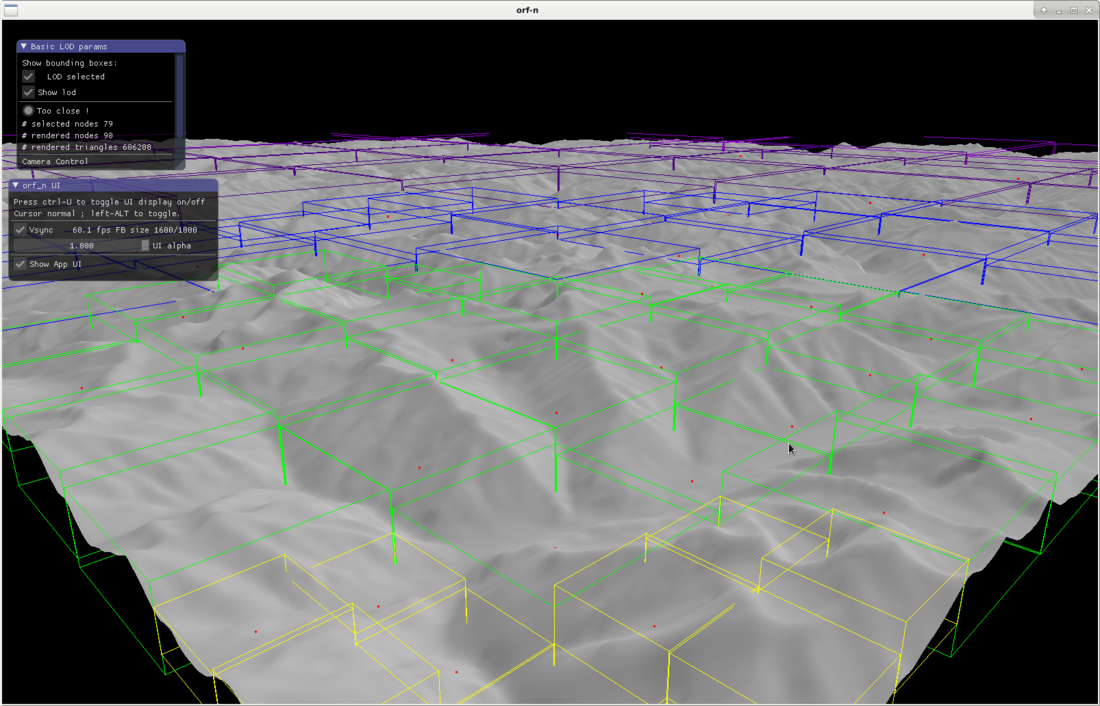1 minute ago, VanillaSnake21 said:The blogs looks really interesting. Does this require tons of math? I'm working on terrain myself at the moment and even the basic things like getting heights of the terrain at the player position took me lots of time just to find the formulas etc. What kind of a background do you have, if you don't mind me asking?
Actually I'm s**t at math, or at least I used to be. Now I'm kind of mediocre. I have next to no education but I have been programming now for over 35 years. The trick is to find tutorials and resources that are understandable. I used to buy programming books all the time. My shelves are full of them and I've learned 95% of everything on my own.
My assessment is the math here isn't that bad. I'm guessing you could do it easily, likely better than me. Almost everything I do seems like dot products and cross products, ha ha.......however ..... the data structures and algorithms to make this thing work are another story entirely. I'm kind of a hard core old school blood and guts C++ programmer. I spent like 5 years writing assembly code at intel. This thing includes special heaps, thread pools and all sorts of custom algorithms that I'm always experimenting with. I woudn't call it simple..... but actually a lot of the issues have to do with generating voxels wrapped around sphere. Note my voxels all face out from the core. For terrain built on a flat plane it should be WAY easier.
if you just need the noise stuff, it's pretty simple. You can find simplex noise implementations all over the place. I can even post some code, but I've been too busy to optimize it so you can probably find faster stuff elsewhere.








